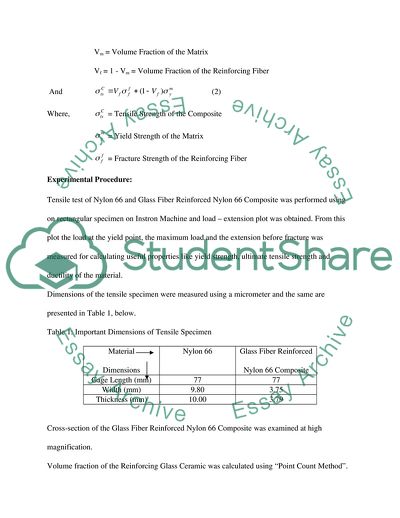Cite this document
(Mechanical Behavior of Nylon 66 and Glass Fiber Reinforced Nylon 66 Lab Report, n.d.)
Mechanical Behavior of Nylon 66 and Glass Fiber Reinforced Nylon 66 Lab Report. Retrieved from https://studentshare.org/science/1729222-lap-report
Mechanical Behavior of Nylon 66 and Glass Fiber Reinforced Nylon 66 Lab Report. Retrieved from https://studentshare.org/science/1729222-lap-report
(Mechanical Behavior of Nylon 66 and Glass Fiber Reinforced Nylon 66 Lab Report)
Mechanical Behavior of Nylon 66 and Glass Fiber Reinforced Nylon 66 Lab Report. https://studentshare.org/science/1729222-lap-report.
Mechanical Behavior of Nylon 66 and Glass Fiber Reinforced Nylon 66 Lab Report. https://studentshare.org/science/1729222-lap-report.
“Mechanical Behavior of Nylon 66 and Glass Fiber Reinforced Nylon 66 Lab Report”, n.d. https://studentshare.org/science/1729222-lap-report.


